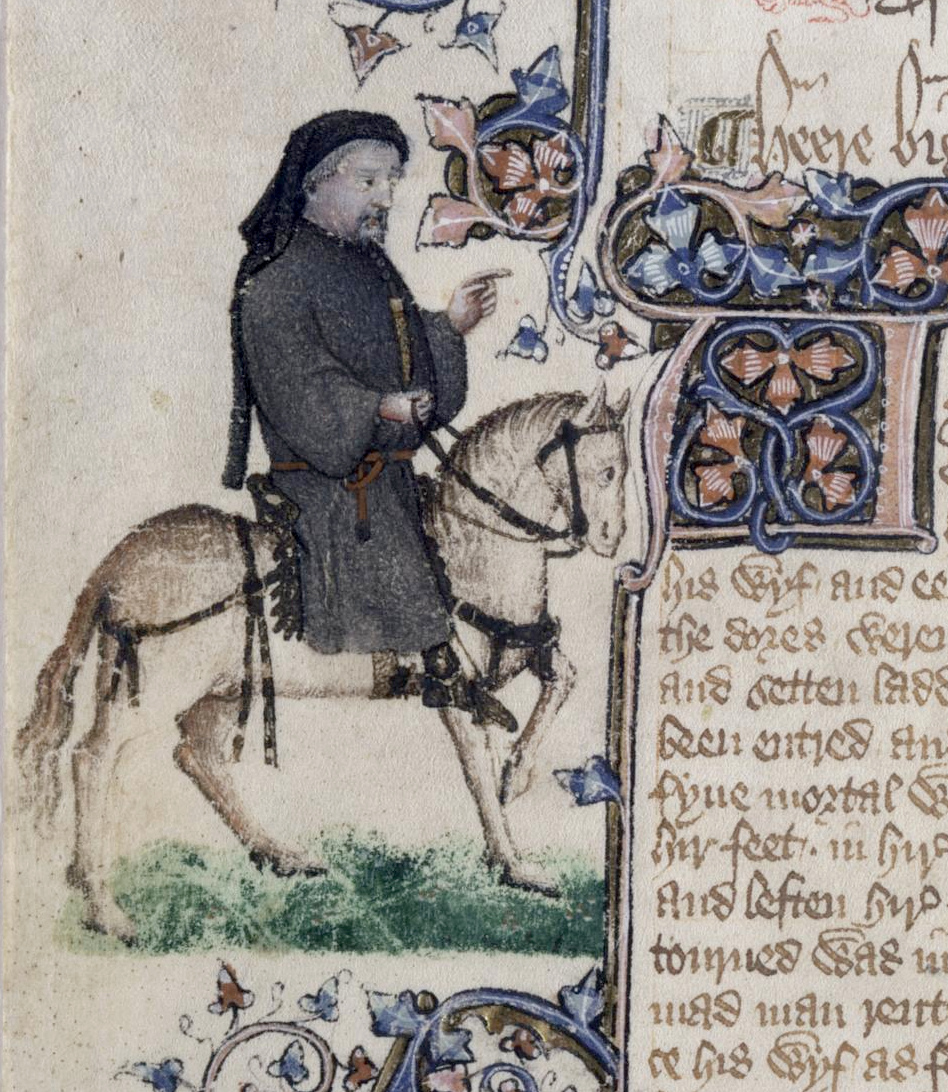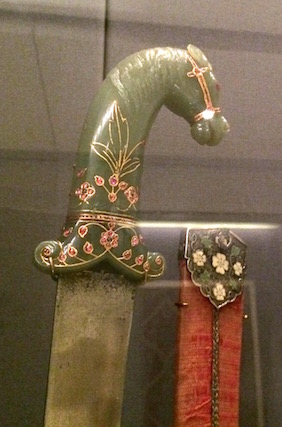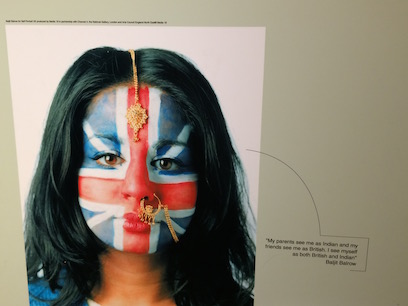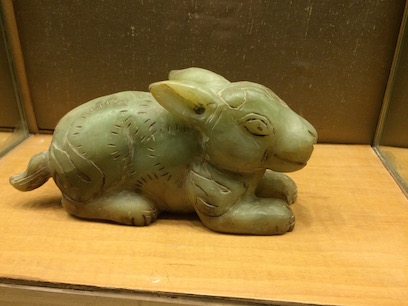|
Then, after a week of dashing about London seeing as many plays as we could and
eating our favorite foods as frequently as possible, we flew out of Heathrow
last evening, and Lee’s birthday began with us at 39,000 feet somewhere
over the Middle East sharing the misery of an overnight flight. We noted that
the plane had deviated from a Great Circle route in order not to fly over
Donetsk, and we were grateful for that.
Lee had the window seat and spotted the sunrise when it was very distant. I
came up out of my grog and joined him in looking down, but there was heavy cloud
cover the entire way, so we got no view at all of India until the plane landed
shortly before noon (new time). Everything went smoothly with our arrival:
we got through border control, changed some money, retrieved our luggage, and
were met by our minder, who quickly got us out of the airport and into the
vehicle he’d arranged. It was a comfort to have somebody taking care of
us.
We had concluded that it was likely our first Indian bird would be a
myna, but in fact we spotted two brown raptors while the plane was taxiing,
very likely Black Kites, though we couldn’t get a good enough look to say
for sure. Just outside the airport, we spotted a House Crow
(I will be indicating lifebirds with boldface); then as we were driving along we
did indeed spot some Common Mynas, a cheeky Indian bird we’ve come to know
as they’ve spread to Australasia, the Indian Ocean islands, Hawaii, and
even Florida.
I was amused to see a plastic Ganesha (the elephant god) on the taxi’s
dashboard. It made me feel right at home, as I’d had a lovely
introduction to Ganesha in Red Earth and Pouring Rain:
Hanuman eased away from the wall, and a small mouse backed out of the hole, its
tail still gripped by the Wind-son’s fingers. A small figure hopped off
the mouse’s back and took a few steps, growing larger with every step. My
face curved in a ridiculous smile; I clapped my hands; I burst into laughter.
’O snoot-face!’ I said. ‘O marvellous excellent fat
one!’ Ganesha picked daintily at his shawl with plump fingers, until it
lay just so, and his trunk twisted about his head and neck, adjusting the
brilliant necklaces of unearthly stones and the crown of gold. ‘Do you
have to be so rough, monkey?’ he said. ‘Uncouth.’
|





,%20Esh%20Alladi%20(Gvernor%20Khan),%20Sargon%20Yelda%20(Aurangzeb),%20Simon%20Nagra%20(Mullah%20Farooq),%20Rudi%20Dharmalingham%20(Danishmand)_credit%20Ellie%20Kurttz.jpg)
 High on our list for our stay in London was a visit to the astounding
High on our list for our stay in London was a visit to the astounding











